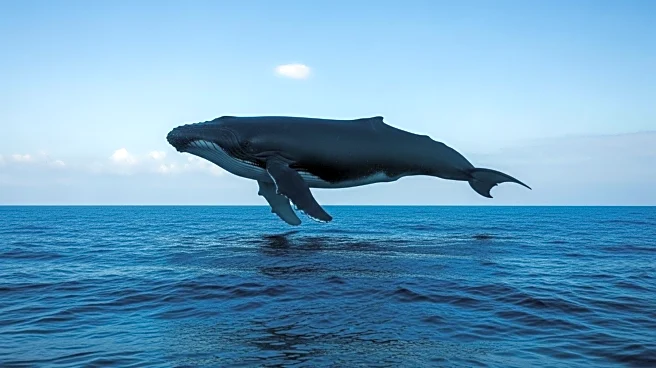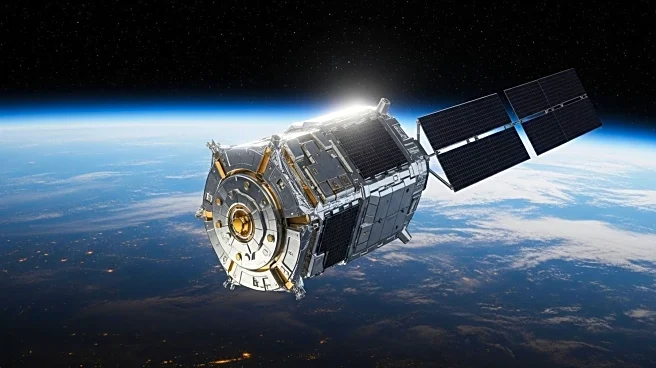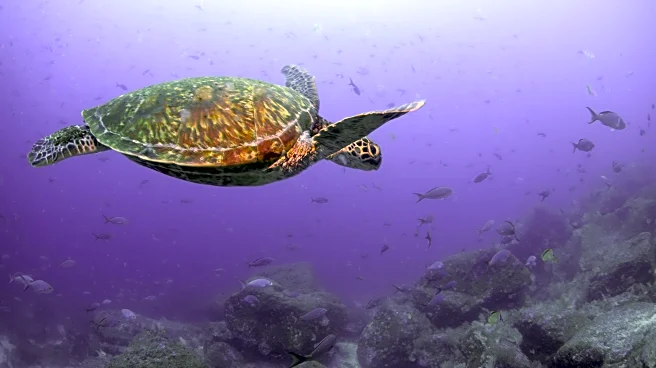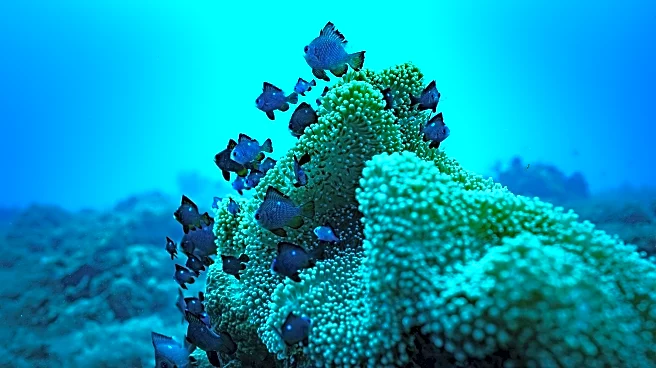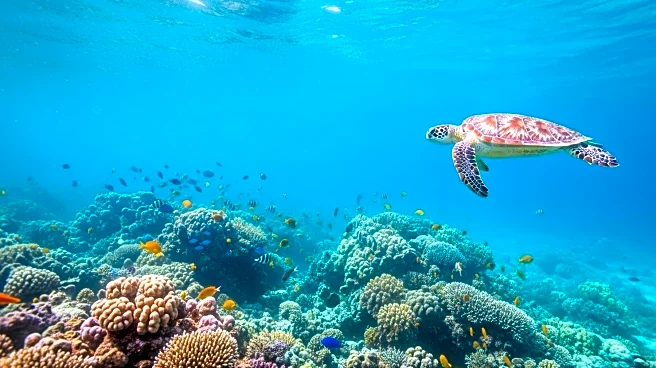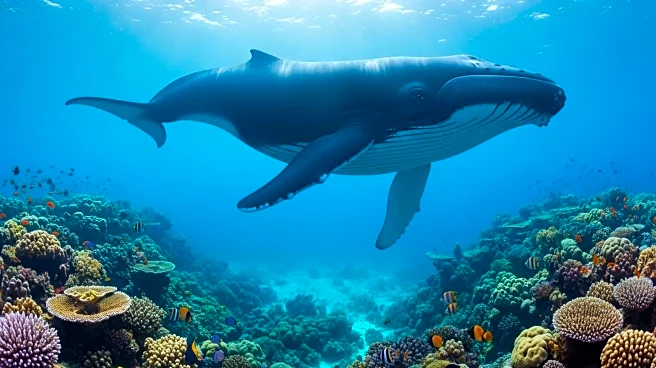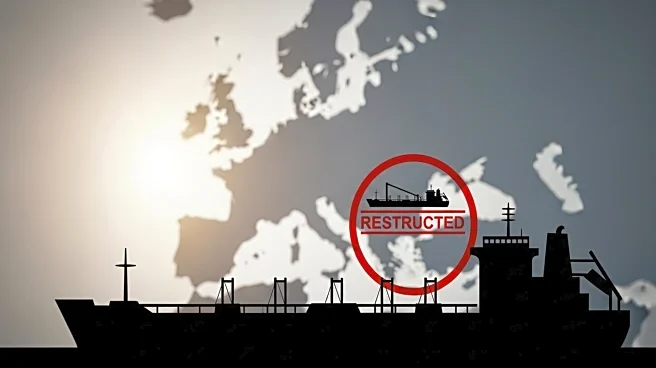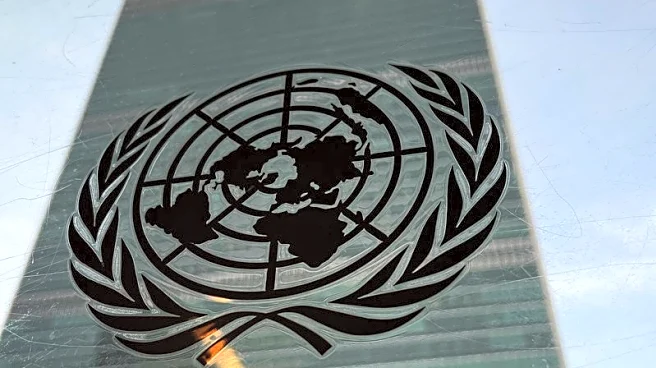What is the story about?
What's Happening?
The High Seas Treaty, a global agreement aimed at protecting the world's oceans and reversing damage to marine life, has reached a critical milestone with its 60th ratification by Morocco. This development means the treaty will become international law starting in January. The treaty, which has been in the making for two decades, sets binding rules to conserve and sustainably use marine biodiversity across international waters. Environmentalists have praised this achievement as a significant step towards environmental protection, with the treaty covering more than two-thirds of the ocean. The United Nations Secretary-General Antonio Guterres highlighted the importance of the treaty in addressing issues such as overfishing, pollution, and climate change impacts on marine life. Currently, only 1% of the high seas are protected, leaving marine life vulnerable to overexploitation.
Why It's Important?
The ratification of the High Seas Treaty is a monumental achievement for ocean conservation, as it aims to protect 30% of the world's national and international waters by 2030. This initiative is crucial for the recovery of depleted marine life, which has been severely affected by decades of overfishing, pollution, and climate change. The treaty represents a collaborative effort among nations to safeguard marine biodiversity, which is essential for maintaining ecological balance and supporting global fisheries. The successful implementation of the treaty could lead to significant improvements in marine ecosystems, benefiting both environmental and economic stakeholders. Countries that rely on fishing and maritime industries stand to gain from healthier oceans, while conservationists see this as a turning point in global environmental policy.
What's Next?
With the treaty set to come into force, countries will begin proposing areas to be designated as Marine Protected Areas. These proposals will be voted on by the nations that have signed the treaty. While countries will conduct their own environmental impact assessments, there is a mechanism for other nations to register concerns with monitoring bodies. This process will require ongoing international cooperation and monitoring to ensure the treaty's goals are met. The UK has already introduced its bill for ratification to Parliament, indicating a commitment to the treaty's objectives. As more countries ratify and implement the treaty, the focus will shift to effective enforcement and management of protected areas.
Beyond the Headlines
The High Seas Treaty not only addresses environmental concerns but also highlights the complexities of international cooperation in areas beyond national jurisdiction. The treaty's success depends on the willingness of countries to collaborate and adhere to agreed-upon conservation measures. This development could set a precedent for future international agreements on environmental issues, demonstrating that global challenges require collective action. The treaty also raises questions about the balance between conservation and economic interests, as nations navigate the implications of restricting activities in protected areas.
AI Generated Content
Do you find this article useful?
